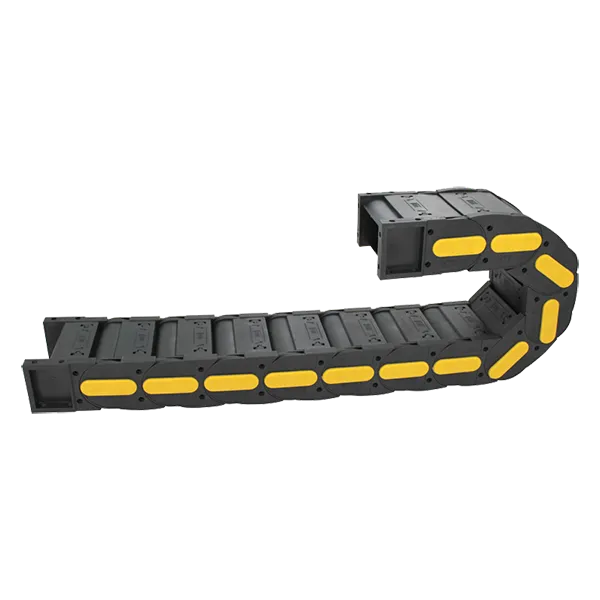Understanding the Benefits and Applications of Synchro Belts in Mechanical Systems
Understanding Synchro Belts A Guide to Their Functionality and Importance
In the realm of mechanical engineering and industrial applications, synchro belts have emerged as critical components that facilitate efficient power transmission. Often known for their durability and performance, these belts are widely utilized in various machines and systems where precise timing and synchronization are paramount. But what exactly are synchro belts, and why are they important? Let's explore their functionality, types, applications, and advantages.
What is a Synchro Belt?
A synchro belt, also referred to as a synchronous belt, is a type of belt drive designed to transmit power between two or more rotating shafts while maintaining synchronization. Unlike traditional V-belts, which can slip, synchro belts operate on a system of teeth that mesh with corresponding grooves on the pulleys. This design ensures that there is no relative motion between the belt and the pulley, allowing for precise timing in applications where the synchrony of movement is crucial.
Types of Synchro Belts
Synchro belts come in various forms, the most common being the timing belts made from rubber or polyurethane. These belts can have different tooth profiles, such as trapezoidal or round, depending on the application requirements. Additionally, there are also reinforced belts that incorporate materials like steel or fiberglass for enhanced strength and durability.
Applications of Synchro Belts
Synchro belts are utilized in a plethora of applications across different industries
. In the automotive sector, they are used in camshaft-drive systems to ensure the precise timing of engine components. In manufacturing, synchro belts drive conveyor systems, CNC machines, and robotics where accuracy and synchronization are key to operational efficiency. They are also prevalent in home appliances like washing machines and printers, demonstrating their versatility in both industrial and consumer markets.synchro belt

Advantages of Synchro Belts
1. Precision The primary advantage of synchro belts is their ability to maintain precise timing between components, which is essential in applications requiring synchrony.
2. Low Maintenance Unlike chains or other mechanical methods, synchro belts require minimal maintenance, contributing to lower operational costs.
3. High Efficiency With their tight fit and frictionless operation, synchro belts provide high power transmission efficiency, translating to lower energy consumption.
4. Noise Reduction These belts operate more quietly than traditional alternatives, making them suitable for applications where sound levels are a concern.
5. Vibration Dampening The materials used in synchro belts help absorb vibrations, further enhancing the longevity of both the belt and the machinery it operates.
Conclusion
In conclusion, synchro belts play an instrumental role in modern engineering and manufacturing. Their unique design allows for effective and efficient power transmission in a wide range of applications, making them indispensable in many industries. As technology continues to advance, the development of synchro belts will likely evolve, further enhancing their performance and expanding their applicability. Whether in automotive engines, industrial machinery, or everyday appliances, understanding the significance of synchro belts can help engineers and manufacturers make informed decisions that improve productivity and efficiency. As we move toward an era of increased automation and precision, the relevance of synchro belts is only expected to grow, underscoring their importance in the mechanical landscape.








